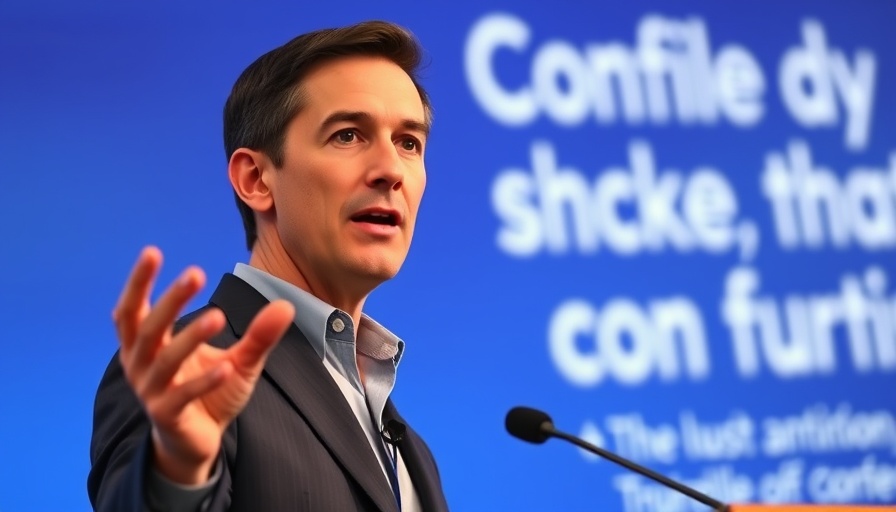
OpenAI's Latest Move: Adjusting Safety Protocols in a Competitive AI Landscape
In a recent announcement, OpenAI revealed significant updates to its internal Preparedness Framework, the system used to evaluate the safety of AI models. The tech giant stated that it might modify its safety requirements if a rival lab deploys a "high-risk" AI system without adequate safeguards. This shift comes amidst growing competition pressures that push developers to launch innovations at unprecedented speeds.
OpenAI has faced criticism over its perceived compromise on safety standards, with detractors claiming the company prioritizes faster rollouts over rigorous testing. Notably, 12 former employees have provided statements in a lawsuit against OpenAI, arguing that changes in corporate structure could further erode safety commitments.
Why This Matters: The Risks of an Accelerated AI Development Cycle
The rapid advancement and release of AI technologies pose unique challenges, particularly in terms of safety and ethical considerations. As noted in OpenAI's statement, if another company releases a high-risk model, the pressure to ‘keep up’ might lead to the relaxation of existing safeguards. With many eyes on the implications of these policies, maintaining rigorous safety standards should remain paramount, given the potentially severe consequences of high-risk AI applications.
Background Context: A Snapshot of AI Development Trends
The AI industry is witnessing a surge in competition, with firms vying to take the lead in innovation. This haste often leads to overshadowing concerns about safety, creating an environment where ethical considerations can fall by the wayside. OpenAI's adjustment of its framework highlights the balancing act between rapid development and maintaining appropriate safety nets.
Public Confidence: Why Safeguards Matter
As AI developments increasingly permeate various sectors—from healthcare to finance—public trust in these technologies hinges on transparent and rigorous safety protocols. Users need assurance that technologies are vetted sufficiently to avoid unintentional harm. OpenAI's renewed commitment to keeping safeguards at a "more protective" level is crucial, especially in environments filled with uncertainty and potential threats.
Future Predictions: The Landscape of AI Safety and Regulation
Looking ahead, the landscape of AI safety protocols could become more regulated, driven by both industry needs and government intervention. As major players like OpenAI navigate these changes, the lessons learned may reshape the future of accountability and risk management within the AI sector. Ensuring safety while innovating will become a major priority for competitive firms, ultimately influencing market dynamics and user perceptions.
What You Can Do: Engaging with AI Technologies Responsibly
For consumers, understanding how AI technologies impact daily life is vital. Engaging with platforms that commit to rigorous safety protocols can empower users and consumers alike to make informed choices. As consumers increasingly demand accountability from AI developers, companies are likely to respond with enhanced transparency and robust safety measures.
OpenAI’s adjustment reflects not just internal strategy but a broader industry trend. Navigating the challenges ahead requires a collective effort to prioritize safety alongside innovation, ultimately creating a more responsible AI ecosystem.
 Add Row
Add Row  Add
Add 



Write A Comment